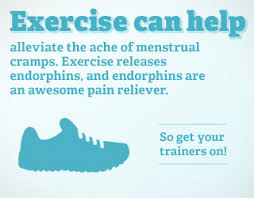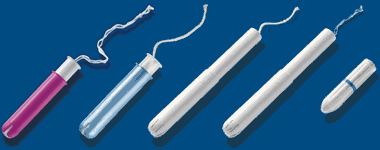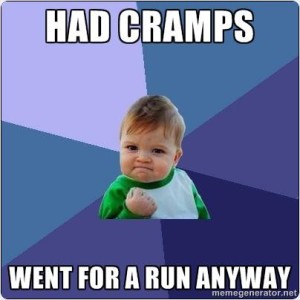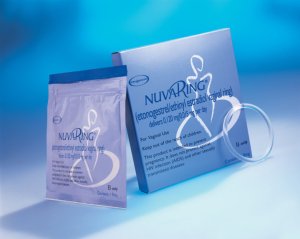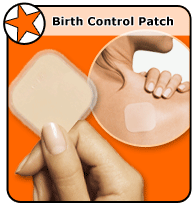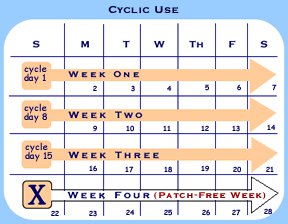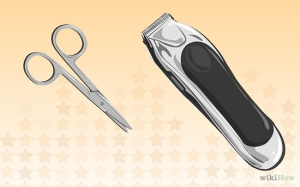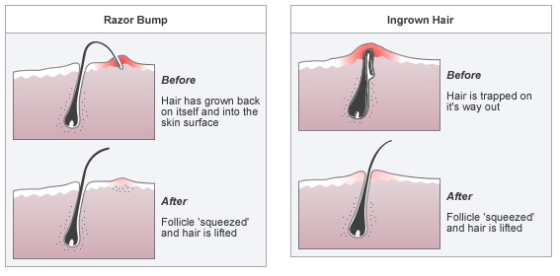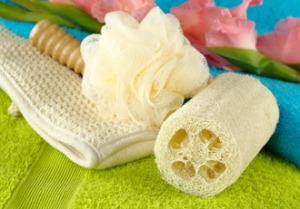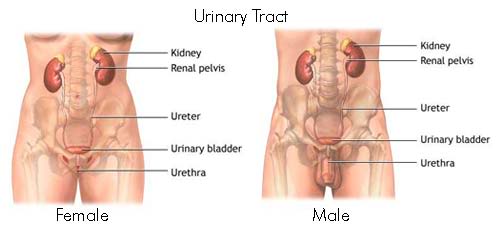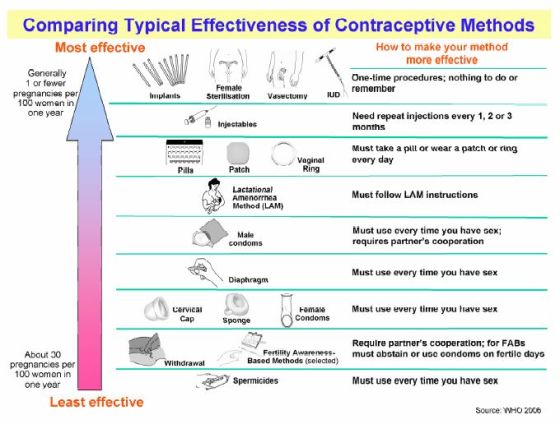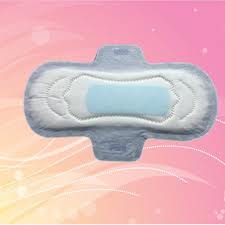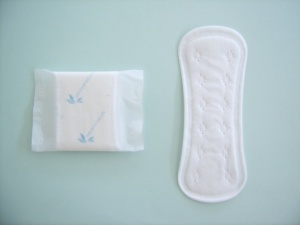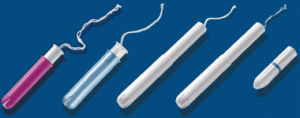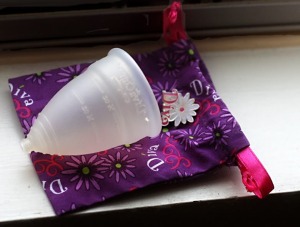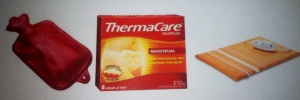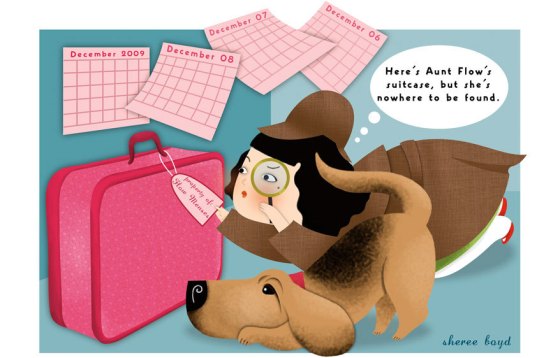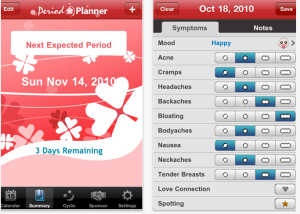Running is one of my favorite things to do. But it can be even more challenging when you’re on your period. If you’re anything like me, your period can leave you feeling bloated, crampy, and irritable. Ugh! Exercise is often the last thing women want to do feeling like that! However, exercising on your period is not only safe; it’s actually GOOD for you!!!
Menstrual Cramps:
Exercising on your period has all kinds of benefits! Exercise releases endorphins (chemicals in your brain) which naturally reduce pain!!! Yes, exercise can actually make cramps less painful! That’s because the endorphins help break down the hormone that causes menstrual cramps!
However, if you feel really ill or have extreme cramps, don’t force yourself to exercise. Sometimes when your body is asking for rest, it’s because all it really needs to recover is a bit of rest.
Protection:
Okay, so exercise is good for cramps but many women still worry about “springing a leak.” Fortunately, you can keep your period a secret by using the right tools!
Try using a tampon or menstrual cup rather than pads or panty liners; these options will trap the blood before it even leaves your body. If you’re still worried, double up your protection by using a panty liner with a tampon or menstrual cup.
Tampons:
A tampon is a cotton insert or other absorbent material placed into the vaginal canal to absorb menstrual flow. They come in all different sizes and with different (or no) applicators so you may want to try a few to see what feels most comfortable. And contrary to popular belief, tampons do not have any effect on virginity. I promise. Oh, they can also be worn while swimming!
Menstrual Cup:
A menstrual cup is a flexible cup (usually made from medical grade silicone) worn inside the vagina during menstruation to collect menstrual fluid. Unlike tampons and pads, the cup collects menstrual fluid rather than absorbing it and can be worn for up to 12 hours! Menstrual cups are more cost-efficient and environmentally friendly than tampons, most cups are reusable, and can be used for up to 5-10 years. Like tampons, can also be worn while swimming!
 Panty Liners:
Panty Liners:
Super thin pad designed to absorb daily vaginal discharge, light menstrual flow, or “spotting.” Also used as a backup for tampons and menstrual cups.
Wearing the right workout clothes is always important but even more so when you’re on your period. Try wearing loose-fitting clothing; tight clothing can add pressure to an already bloated tummy (definitely not comfortable). Sports bras are the exception to that rule. Sports bras should be snug but not super tight (you should be able to comfortably take a deep breath). The straps should be wider than a normal bra and should not dig into your shoulders. Test the bra’s support by jumping or running in place. You’ll be able to feel whether it’s sufficiently supportive or not.
For more information, click here to check out some tips to picking the right sports bra! Thanks Runner’s World!
 Choose pants that are in a dark color (black always works best). Avoid wearing anything super tight or super short. Also, avoid wearing thongs. Instead, wear boy-short type underwear which not only work great with panty liners but adds an additional layer of clothing in case of a leak. Lastly, throw on a dark sweatshirt or jacket before you head out; if you experience any leaks you can use the sweatshirt or jacket to tie around your waist to hide it!
Choose pants that are in a dark color (black always works best). Avoid wearing anything super tight or super short. Also, avoid wearing thongs. Instead, wear boy-short type underwear which not only work great with panty liners but adds an additional layer of clothing in case of a leak. Lastly, throw on a dark sweatshirt or jacket before you head out; if you experience any leaks you can use the sweatshirt or jacket to tie around your waist to hide it! 
Want to learn more about periods? Check out these previously published posts or send me an email at justaskshawna@yahoo.com!
Managing Your Period – Toolbox for Aunt Flow
In happiness & health,
Shawna
Reviewed by Andrea Raider, NP

